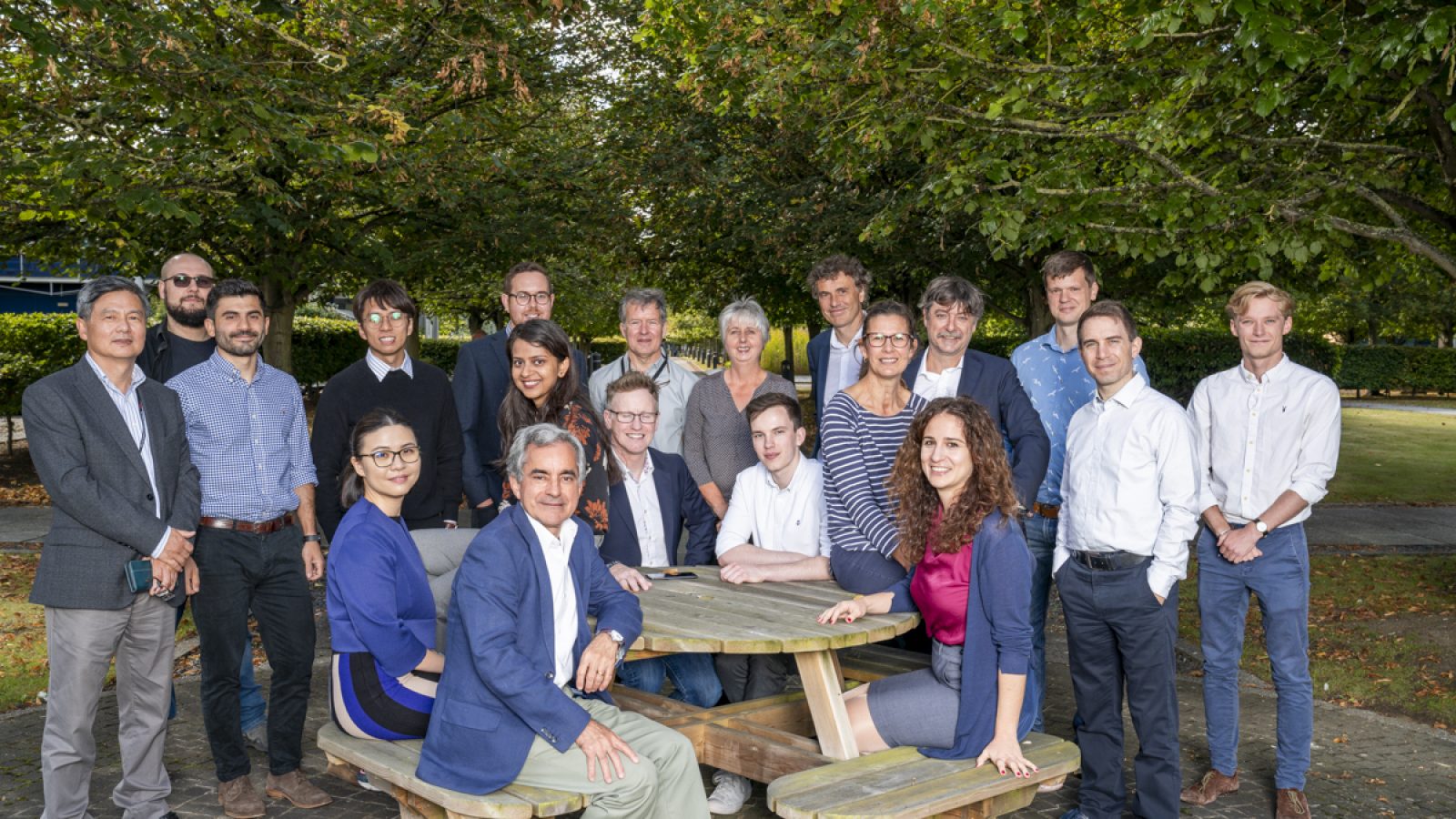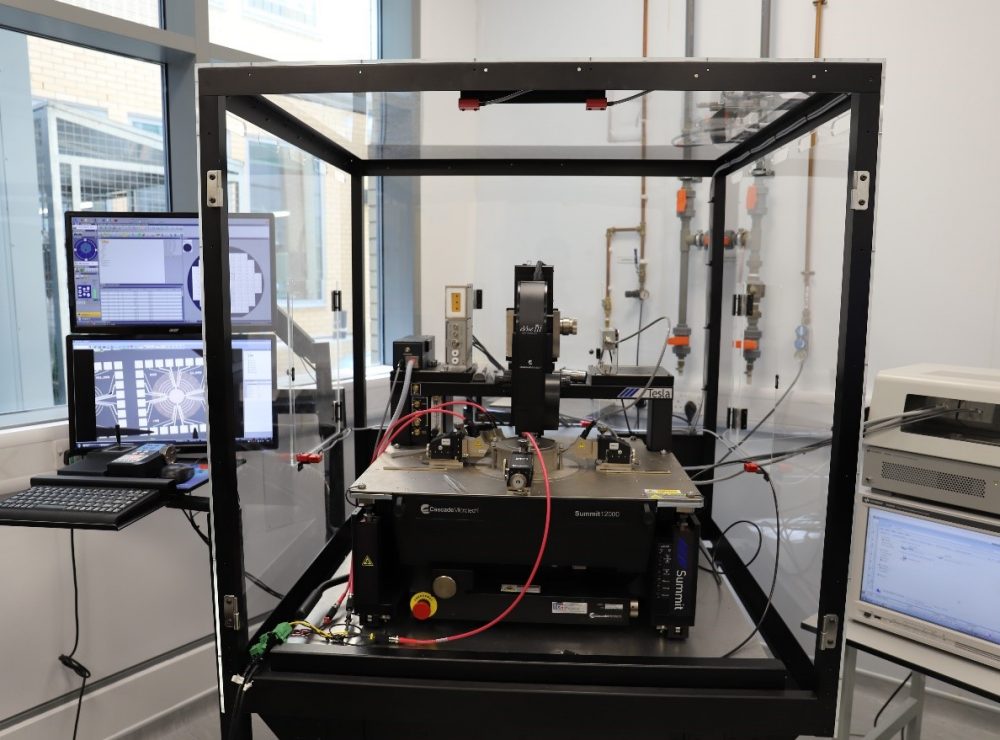This website uses cookies so that we can provide you with the best user experience possible. Cookie information is stored in your browser and performs functions such as recognising you when you return to our website and helping our team to understand which sections of the website you find most interesting and useful.

Understanding novel transistor technology to deliver energy efficiency
Supporting the development of the next generation of small, reliable, and energy-efficient devices through the Royce Industrial Collaboration Programme
The Royce Engineering and Physical Sciences Research Council (EPSRC) funded Industrial Collaboration Programme (ICP) has successfully matched companies that have research, development, and innovation (RD&I) projects with Royce experts in materials science and cutting-edge facilities in a truly collaborative endeavour. This case study illustrates the outcome of an ICP project between Cambridge GaN Devices (CGD) and Royce at the University of Cambridge.
ABOUT THE COLLABORATION
Gallium Nitride (GaN) power transistors and integrated circuits are transforming power conversion. GaN offers the highest efficiency in data centres and consumer power adapters.
This Royce collaboration is helping CGD to support the development of the next generation of small, reliable, and energy-efficient devices by developing new characterisation methods for GaN power transistors and their passivation materials.
The work was carried out at the High Voltage Characterisation Suite of the Henry Royce Institute at the University of Cambridge using its advanced high voltage demi-automatic probestation and source-measure units.
Dr Nishad Udugampola, University of Cambridge, was the Royce representative on the project, supporting CGD to tackle its materials challenges, accelerate innovation and grow market share.
RESULTS
CGD can now characterise both wafers and packaged 650 V power devices in the full temperature range and in semi-automatic mode. Key performance parameters of GaN devices and the impact of passivation materials have been successfully established.
These technical achievements have allowed CGD to deliver fully functional samples to its customers bringing CGD one step closer to achieving a significant share of the GaN market, which is predicted to be in excess of 1BUSD by 2026.
The project’s societal impact is also extremely significant as CGD’s GaN power devices, being the most easy-to-use and energy-efficient solution, have the potential to enable a reduction of millions of tonnes of CO2 when used in data centres and automotive applications.






